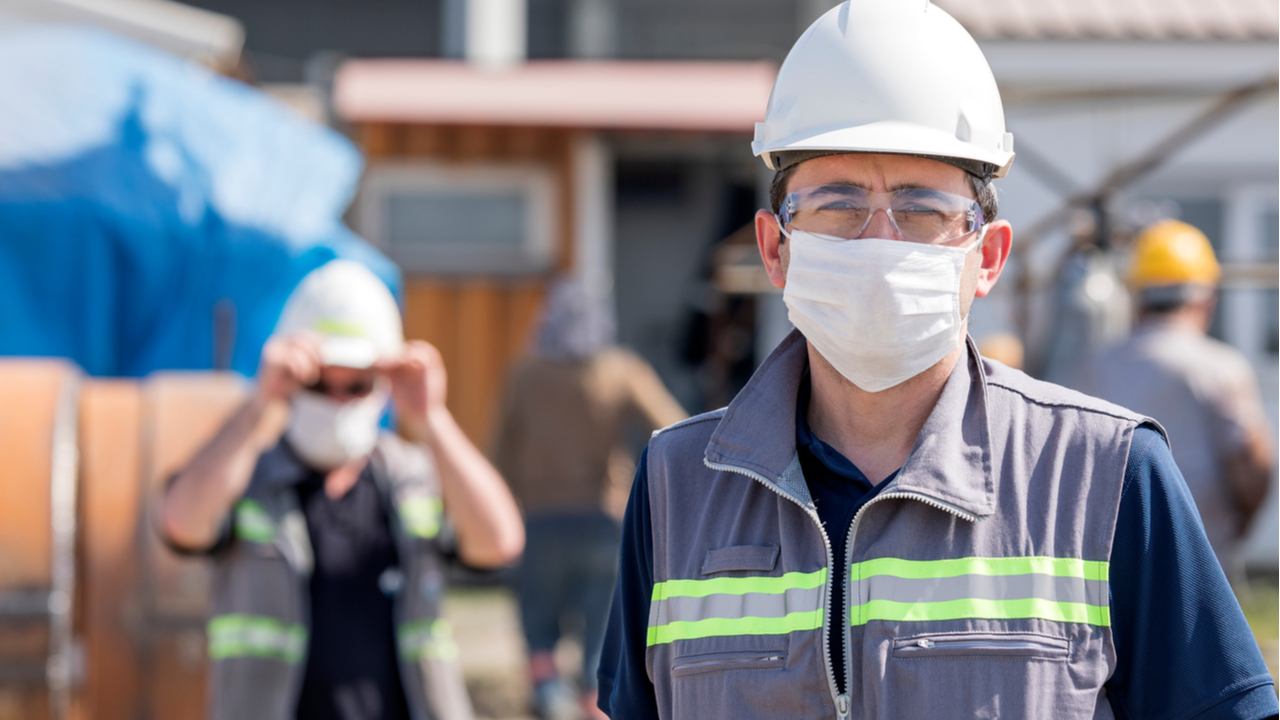Continuity planning for a reduced workforce – keeping workers safe
As the Omicron wave continues in British Columbia, many employers report unprecedented worker shortages with employees calling in sick. Some authorities have estimated that workplaces could see up to a 30% reduction in their typical workforce.
Almost every employer has someone on their team that the latest COVID-19 wave has touched. Some businesses have had to close, reduce hours, or cut back production to address related absences.
A drop in staffing levels not only threatens output but also creates new challenges for keeping your remaining team safe on the job.
Risks of significant short-staffing due to COVID-19 include:
- Workers who may not have the same skills and knowledge as their absent co-workers
- Other team members who are afraid of COVID infection and reluctant to come to work
- Potential demand for longer hours or extra shifts, leading to a higher risk of injury
- Sleep loss, changes in shift schedules, stress, and other factors can leave workers fatigue impaired.
Fatigue is a significant contributor to workplace accidents and injuries. It can:
- Affect the ability to think clearly
- Slow reaction time
- Decrease attention and vigilance
- Impact short-term memory, judgment, and other functions
Workplace fatigue makes workers more prone to making mistakes that can cause incidents and injuries. Tired employees are less effective and more likely to miss work. And productivity decreases as the number of hours worked per week increases.
So, what can employers do to keep workers safe on the job when working with significant absenteeism?
It’s essential to understand your remaining staff and assess their ability and training levels to ensure they can do assigned tasks safely. Incorporate training for anyone assigned to a new task or role. Do not ask employees to perform tasks or activities they are not trained for or qualified to do.
If longer hours or extra shifts are needed to support business operations, introduce more frequent rest breaks—particularly at peak times. The highest injury risk occurs when breaks are too infrequent or too short. Build extra breaks into your shift schedule to allow workers to rest and recover from long hours on the job.
Enable a supportive environment and communicate clearly. Ensure that leaders are visible and hands-on. Take the time to talk with your remaining team and find out what they need to feel safe at work. Continue to emphasize your safety culture and show your dedication to your people.
Conduct regular workplace inspections to note new or emerging health and safety risks. Ask staff what resources they need to do their work safely. When workers bring forward safety concerns, thank them for their feedback.
Put safety at the heart of all your decisions and ask yourself how your decisions will affect your team.
What else can you do to reduce the impact of COVID-19 and the Omicron variant in your workplace?
Encourage your staff to get vaccinated. Vaccination is still the single, best way to prevent serious illness, complications, hospitalization, or death from COVID-19. B.C. recently reported that fully vaccinated people were 60-70% less likely to end up in hospital with COVID. And if they do get sick, they are also less likely to transmit the virus to others.
Increase health and safety vigilance and avoid complacency. The January 7th Provincial Health Officer order requires B.C. workplaces to re-instate COVID-19 Safety Plans. Review your plan, update as necessary, and remind employees what they need to do to prevent the spread of COVID at work.
- Reduce exposure through physical distancing
- Improve ventilation
- Use masks as appropriate
- Have a sick day policy and encourage employees to stay home when they are not feeling well
- Support mental health
The pandemic continues to evolve, sometimes surprising us, and it’s hard to predict when we may see the other side. In the meantime, all of us—employers and workers—must stay vigilant to keep everyone safe at work.



